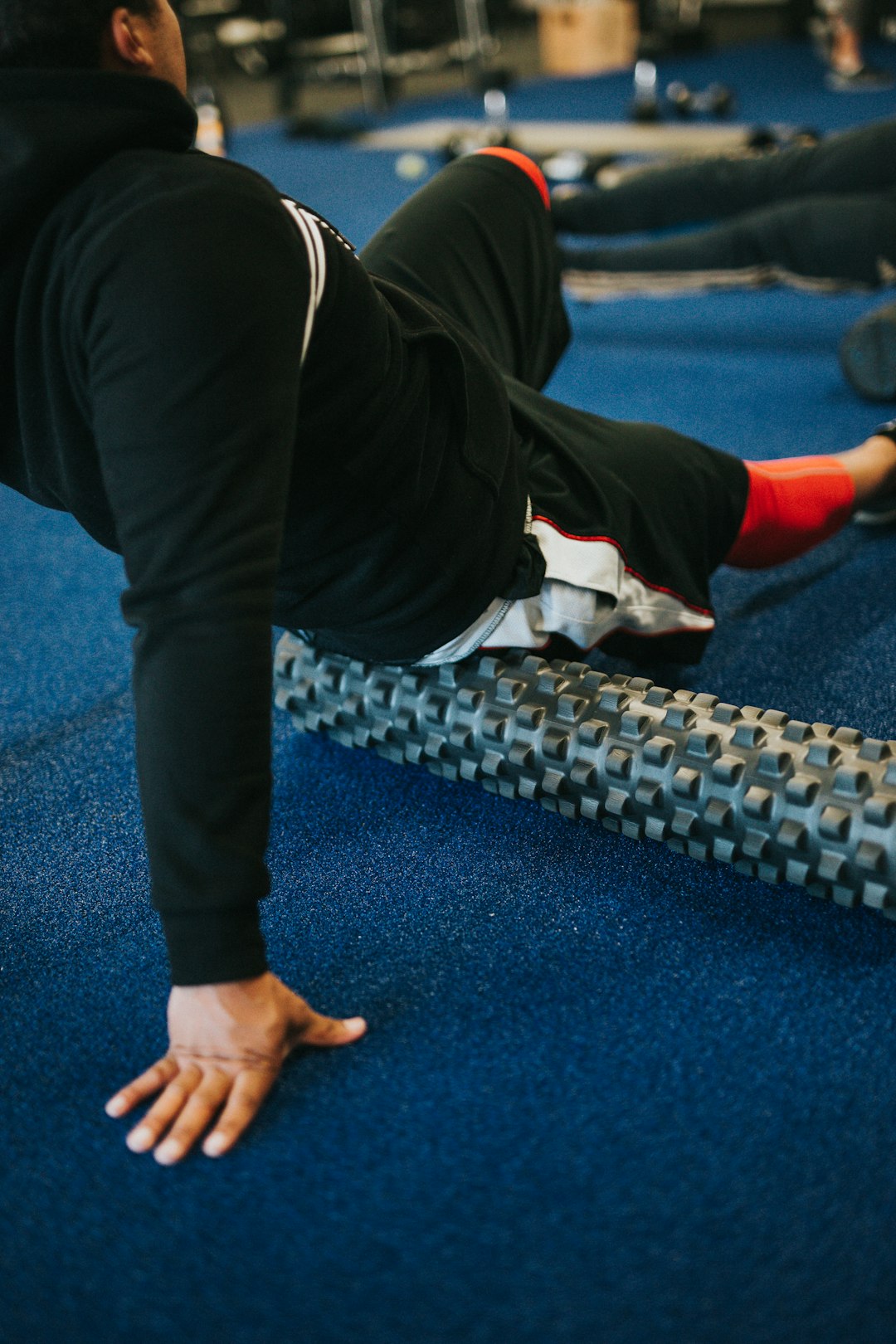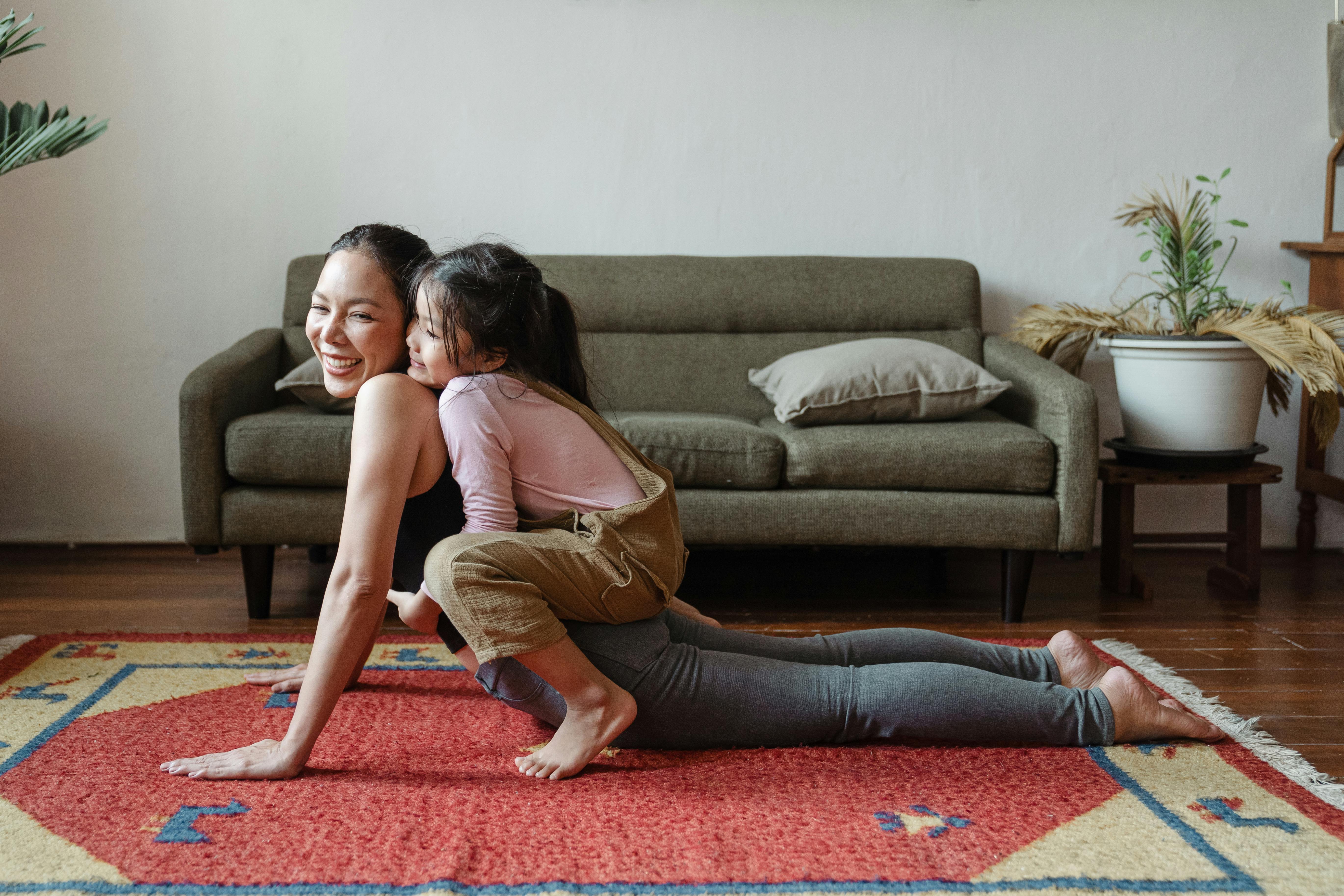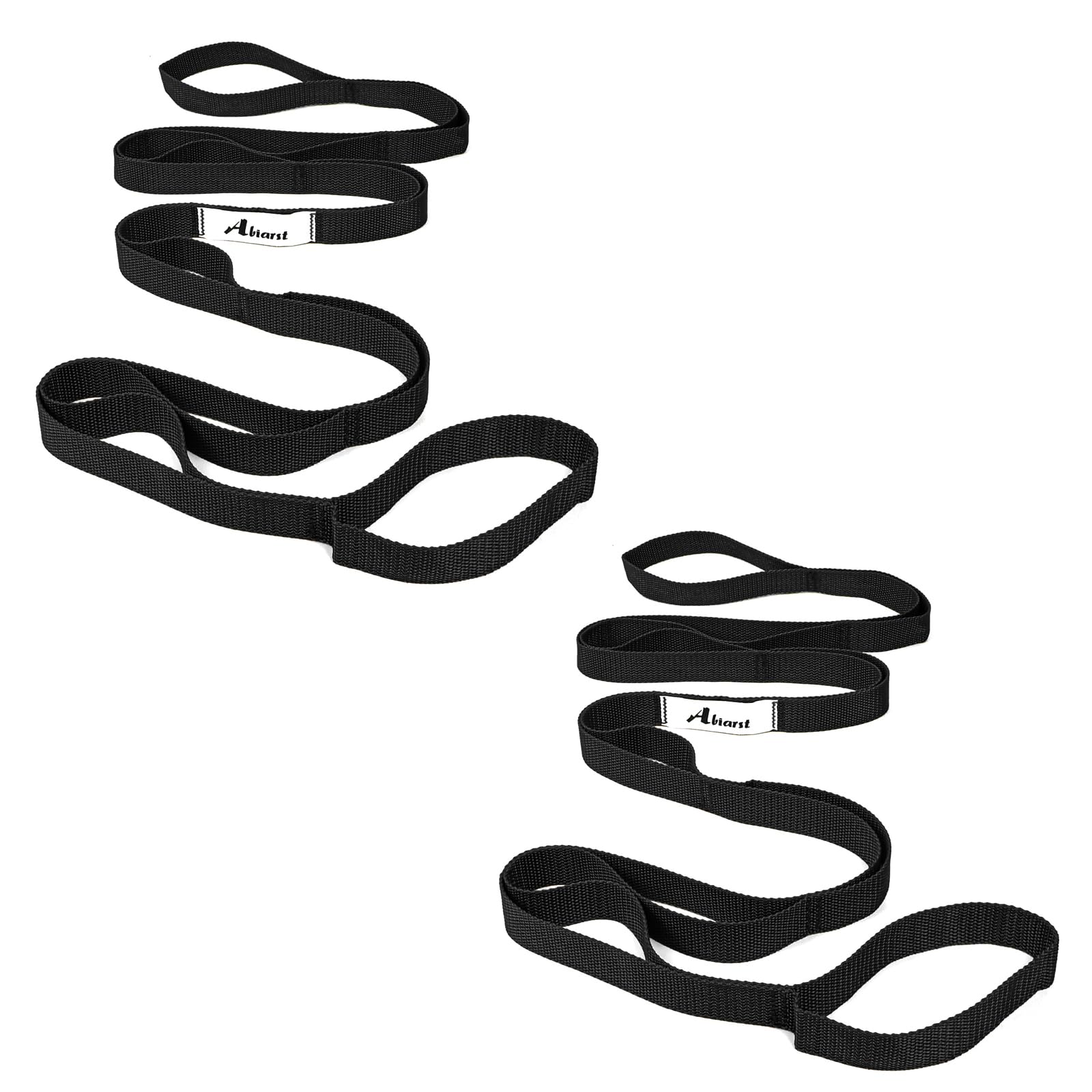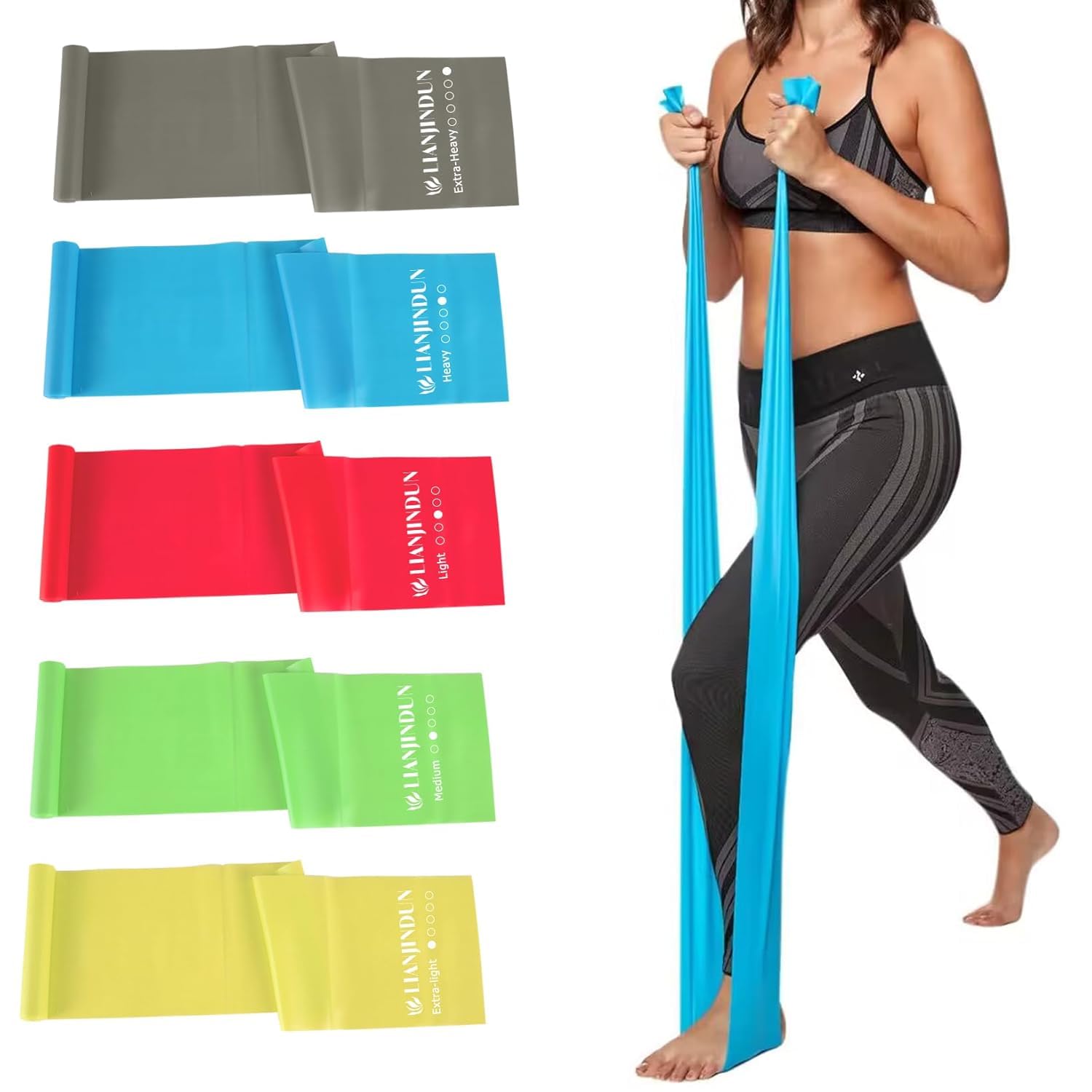
If your hips feel tighter than a jar lid on pickle night, it might be time to try the modified figure 4 stretch.
Let’s be honest—many of us spend hours sitting, whether at a desk, in the car, or binge-watching our favorite shows. This sedentary life can lead to stiff hips, a sore lower back, and glutes that forget how to function (yes, “dead butt syndrome” is a thing). On the flip side, if you’re moving a lot without proper stretching, your hips might be overworked and just as tight. Either way, your hips deserve some TLC.
The classic figure 4 stretch involves lying on your back, knees bent, and crossing one ankle over the opposite knee. You then pull your uncrossed leg toward your chest, feeling a stretch in the hips and glutes. It's called "figure 4" because that’s the shape your legs form—think yoga meets origami.
Not everyone has Olympic-level flexibility, and that’s more than okay. For beginners or those with tight hips, the classic version can feel like an unachievable contortionist pose. Modifying the stretch makes it safer, more comfortable, and just as effective—without the wincing or groaning.
Here’s how to get into a modified figure 4 safely:

| Variation | How It’s Done | Ideal For |
|---|---|---|
| Seated Figure 4 | Sit tall on a chair, cross one leg over the other, lean forward slightly | Office workers or couch stretchers |
| Wall Support | Press both feet against a wall while lying down, cross one ankle and press gently | Extra control and support |
| Standing Figure 4 | Balance on one leg, cross the other ankle over the opposite knee, sit back slightly | Those working on balance and stability |
The figure 4 stretch isn't just for show—it specifically targets the gluteus medius and the piriformis. The piriformis is a small muscle deep in your buttock that, when tight, can irritate the sciatic nerve. That tension can radiate down the leg—hello, sciatica! Stretching this muscle can relieve that tingling and discomfort while improving mobility.
Honestly? Anytime. First thing in the morning, before bed, post-workout, or after sitting for way too long. Just a few minutes a day can work wonders for your back, hips, and sanity.
Got a favorite stretch that saved your hips? Or still trying to figure out if this move’s for you? Drop a comment—let’s talk hip health!

Enhance your flexibility with this durable stretching strap. Designed with multiple loops, it offers a customizable experience for all fitness levels. Ideal for yoga, pilates, and physical therapy, it helps deepen your stretch safely and effectively. Lightweight and portable, it's perfect for home, gym, or on-the-go workouts. Improve your range of motion and relieve tension with every use.

Elevate your workout with this versatile set of resistance bands, perfect for strength training, yoga, and rehabilitation exercises. With five color-coded bands, you can easily customize your workout intensity from extra light to heavy. These durable, elastic bands are ideal for building muscle, flexibility, and endurance, whether you're at home, the gym, or on the go. Compact and easy-to-store, they're your go-to fitness accessory.
The discomfort may stem from leverage caused by improper positioning or tight muscles. This stretch involves bending one leg over the other, which can place strain on tight hips or knees. It’s important to perform it slowly and mindfully to avoid pain, or consider consulting a professional if discomfort persists.
Variations include performing the stretch while seated in a chair, lying down on your back, or using a resistance band for extra support. These options can make the stretch more accessible and provide alternative ways to target the hip and glute areas.
The stretch specifically targets the piriformis, hips, and glutes, which can help loosen tight muscles and improve range of motion. Regular practice can reduce stiffness and enhance overall flexibility, particularly for activities like yoga or running.
Yes, it can help alleviate lower back pain by stretching the hips and glutes, which are often linked to tightness causing strain in the back. Performing this stretch gently and consistently may provide relief and improve posture.
To see results, aim for 2-3 times per week, holding the stretch for 20-30 seconds on each side. Adjust frequency based on your body’s needs and any advice from a physical therapist or fitness professional.
As you embark on your journey toward looser hips and a more comfortable back, remember that finding little stretches that work wonders for your body can often become delightful rituals that fit snugly into your daily life. If you’re eager to explore more tips and tricks or need a dash of motivation, come join the Bloomsies community where wellness knows no bounds. You can always find a source of inspiration on our Pinterest boards, brimming with creative wellness ideas, or catch a behind-the-scenes glimpse of our lives and other delightful finds on Instagram. And hey, let's keep the conversation going—share your stretch stories and find more wellness chats on our Facebook page. We can't wait to connect with you! 💚